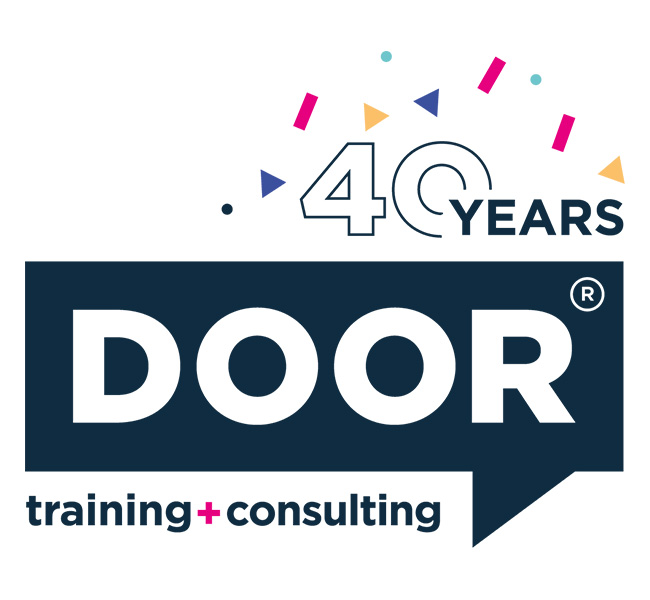DOOR International South East Asia
Culture Management
Cultural change doesn’t have to be painful
If it feels like your organisation is stuck – everybody is doing their job, but you’re just not moving forward – chances are you need a shift in culture. Maybe you’ve tried different incentive schemes to increase your employees’ motivation and engagement, but nothing you try seems to stick in the long run.
Culture shaping can feel like a huge, almost impossible endeavour. But with the right preparation and culture management process, it doesn’t have to be painful at all.
Empower everyone in your organization to take personal ownership of your success. Begin your journey today.

Why is accountability in the workplace so important?
- A merger or acquisition brought together two companies, each with their own culture, that now must operate as one
- Rapid employee growth that outpaced existing systems and processes
- A legacy of “this is how we’ve always done things” that keeps things stable, but radiates resistance to change
The first question to ask: Are You Intentional About Improving Culture?
We all know that improved performance sits at the crossroads of intentionality and rigor. However, even the best leaders can struggle to deliver measured, meaningful, and memorable methods to achieve better performance. We get it that creating alignment, accountability, purpose, and engagement is hard work. We want to help you get the improved results you need. We back our focus on results with a proven process and hard data—all brought to bear on what most would typically consider to be the softer side of organizational development.
Organizational culture is the sum of values, roles, communication, attitudes, and assumptions shared by the members of the organization. It manifests itself as habits that new employees pick up by observing how their managers and colleagues behave.
Culture is easy to learn, but difficult to unlearn because it is shared by the entire group. An individual will struggle to challenge the existing way of working without buy-in from the group, including those in leadership positions.
Incentives and ad-hoc change interventions may deliver results in the short-term, but sooner rather than later you will see your employees revert to the “old way” of doing things. The only way to create lasting and sustainable change is to identify and challenge the shared belief system and build habits to permanently reinforce the new way of working.
Get in touch to find out whether a culture intervention could be the solution for you.
Culture change can’t be achieved by simply telling people what they should do differently and enforcing processes. It requires managing the whole process: from earning wide-spread buy-in across the organization, to implementing and monitoring new habits that will make the new culture the new norm. That’s why we don’t focus on silver-bullet interventions. We manage and adapt the culture management process according to the specific needs of your organization – from start to finish.
5 D's of Cultural Transformation
Diagnose
Assess how your current culture is holding you back from reaching the desired results.
Discover
Determine the cultural change needed to achieve your strategic vision.
Design
Define and model your ideal organizational culture.
Develop
Develop the steps towards creating a sustainable desired culture.
Deploy
Implement the culture change roadmap and build habits to reinforce the new shared culture.
We’ve worked with many well-known multinationals like Ford, Merck AG, Johnson & Johnson, Thermo Fisher, Abbott, Urenco, Petronas, to name a few. What they all had in common was the desire to build a culture that empowers their teams to become not just responsible, but accountable for results.
Using the proven methodology of Partners in Leadership®, we identify areas in your business where no one is taking ownership for performance (or performance failures). Next, we help you establish a common business language and method that builds greater alignment and ownership to achieve the results that matter most. The program does not end until the desired behavior changes have become ingrained habits that employees reinforce within each other and pass on to new hires.
We are the only market provider of this framework outside of the USA, and have over 100 international certified facilitators, able to guide the process in almost any language. This means, we are able to implement the same program across all your international offices, delivered in their native languages – a common challenge for global organizations.
